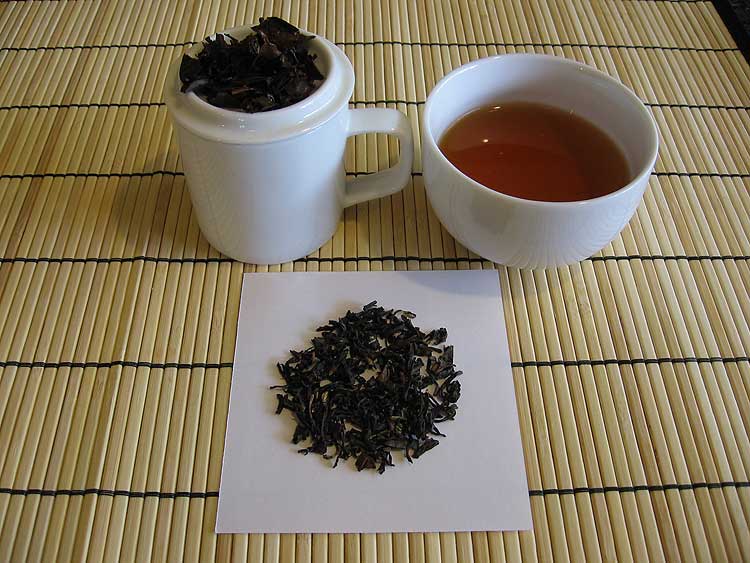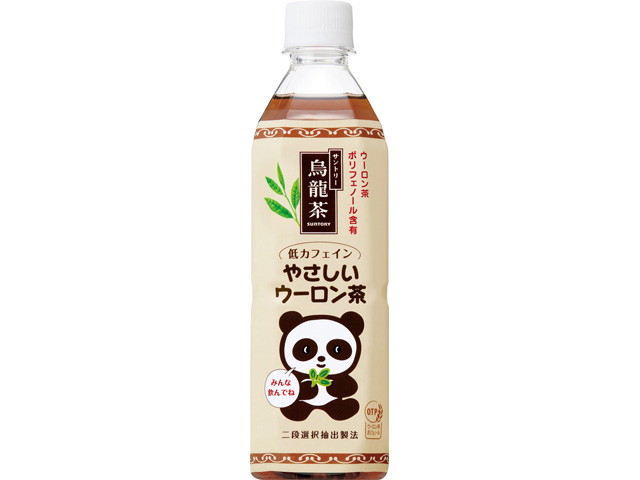Welcome to DU!
The truly grassroots left-of-center political community where regular people, not algorithms, drive the discussions and set the standards.
Join the community:
Create a free account
Support DU (and get rid of ads!):
Become a Star Member
Latest Breaking News
General Discussion
The DU Lounge
All Forums
Issue Forums
Culture Forums
Alliance Forums
Region Forums
Support Forums
Help & Search
Asian Group
Related: About this forum7 Interesting facts about Oolong Tea

When it comes to traditional tea, we have four main types, black, oolong, green, and white.
Each main classification can branch out into literally thousands of varieties, each one having its own distinct characteristic. All tea can provide wonderful flavor, offer many health benefits, and give folks a lifetime of sipping enjoyment.
So, brew a cup, sit back, and learn 7 interesting facts about the increasingly popular oolong tea.
1) Along with its three cousins, oolong originates from the same Camellia sinensis tea plant. Ultimately, it is the processing and fermentation that leaves go through which will determine what type they will become.
more...http://www.streetdirectory.com/food_editorials/beverages/teas/7_interesting_facts_about_oolong_tea.html
From WebMD.
Oolong tea is a product made from the leaves, buds, and stems of the Camellia sinensis plant. This is the same plant that is also used to make black tea and green tea. The difference is in the processing. Oolong tea is partially fermented, black tea is fully fermented, and green tea is unfermented.
Oolong tea is used to sharpen thinking skills and improve mental alertness. It is also used to prevent cancer, tooth decay, osteoporosis, and heart disease.
Some people use oolong tea to treat obesity, diabetes, “hardening of the arteries” (atherosclerosis), high cholesterol and skinallergies such as eczema; and to boost the immune system.
How does it work?
Oolong tea contains caffeine. Caffeine works by stimulating the central nervous system (CNS), heart, and muscles. Oolong tea also contains theophylline and theobromine, which are chemicals similar to caffeine.
http://www.webmd.com/vitamins-supplements/ingredientmono-1099-OOLONG%20TEA.aspx?activeIngredientId=1099&activeIngredientName=OOLONG%20TEA
Oolong Tea: Covering the Basics
There's one question I get asked on more-or-less a daily basis, and it is this: What is the deal with Wu Long slimming tea? The term "wu long" is almost always used, and the word "slimming" appears just about every time as well.
It's actually a good question, and I don't get tired of answering it. My punk-rock roots are showing: every time I answer this question I get to save someone from being scammed by an evil corporation.
But let's back up. Let's discuss what exactly this tea is, how it's made, and how it tastes, and then we'll talk about diets.
First of all, "wu long," while accurate, is not the preferred term. Coming from the Chinese "wu"--"black"--and "lung"--dragon--the tea is more commonly termed "oolong" in the West--in fact, is considered the standard.
more...http://www.teamuse.com/article_060601.html
InfoView thread info, including edit history
TrashPut this thread in your Trash Can (My DU » Trash Can)
BookmarkAdd this thread to your Bookmarks (My DU » Bookmarks)
2 replies, 3843 views
ShareGet links to this post and/or share on social media
AlertAlert this post for a rule violation
PowersThere are no powers you can use on this post
EditCannot edit other people's posts
ReplyReply to this post
EditCannot edit other people's posts
Rec (1)
ReplyReply to this post
2 replies
 = new reply since forum marked as read
Highlight:
NoneDon't highlight anything
5 newestHighlight 5 most recent replies
= new reply since forum marked as read
Highlight:
NoneDon't highlight anything
5 newestHighlight 5 most recent replies
7 Interesting facts about Oolong Tea (Original Post)
AsahinaKimi
Feb 2013
OP
Art_from_Ark
(27,247 posts)1. Interesting that the Chinese characters for Oolong
have different meanings in Chinese and Japanese. In Japanese, the characters mean "crow" and "dragon" 烏龍.
At any rate, maybe I'll have some Oolong tea today. Kampai! ![]()

Ponietz
(2,971 posts)2. Thanks
Tea snobbery is a sublime luxury available even to those on modest means.